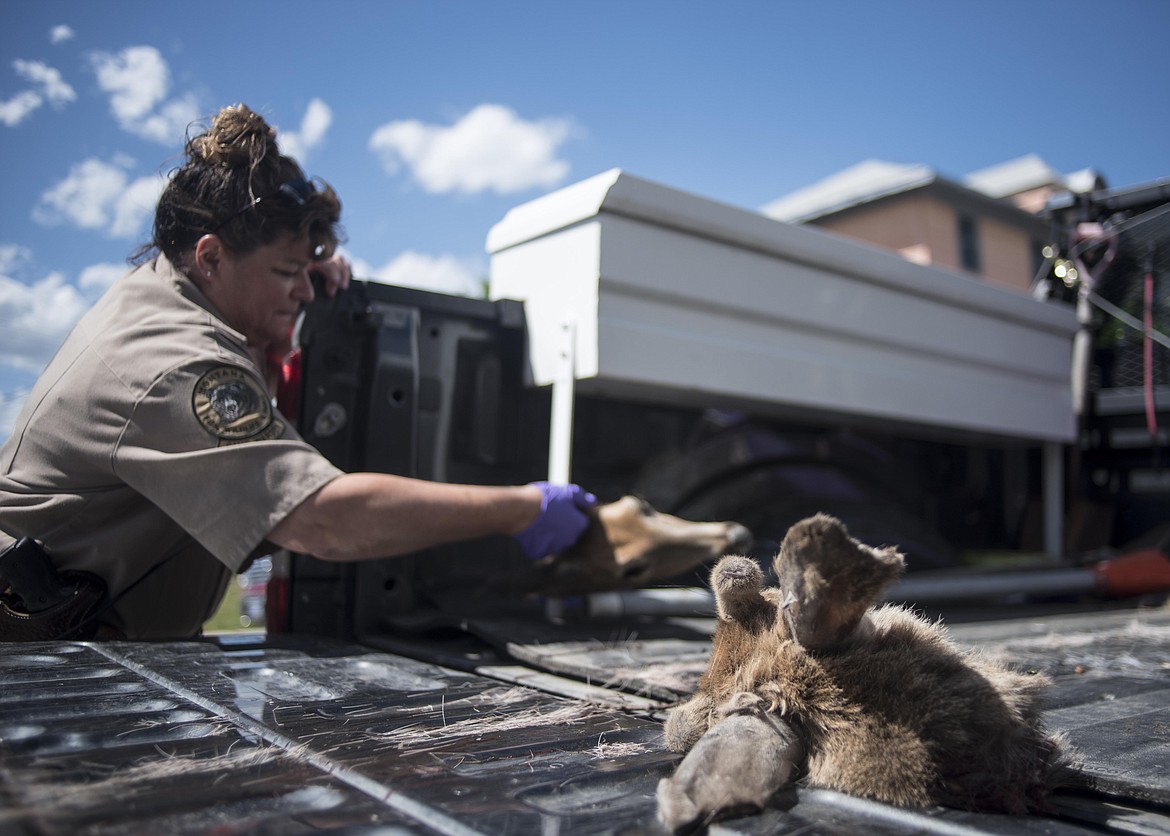State takes aim at scents, lures in CWD fight
In an effort to limit the spread of chronic wasting disease, Montana Fish, Wildlife and Parks is poised to curb the use of cover scents and lures hunters use in pursuit of game animals.
The state Fish and Wildlife Commission will vote on three items regarding CWD and urine-based scents and lures at Thursday’s meeting...
Become a Subscriber!
You have read all of your free articles this month. Select a plan below to start your subscription today.
Already a subscriber? Login



